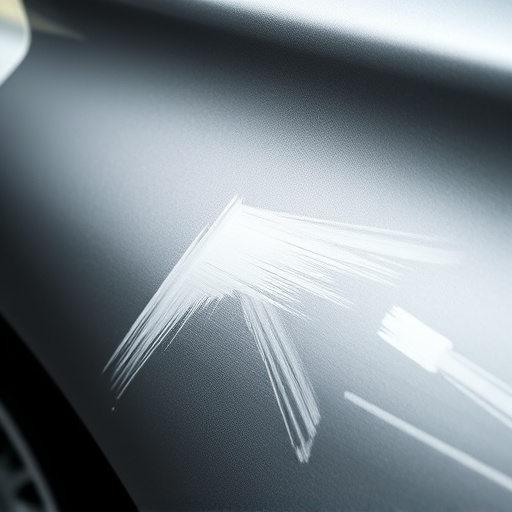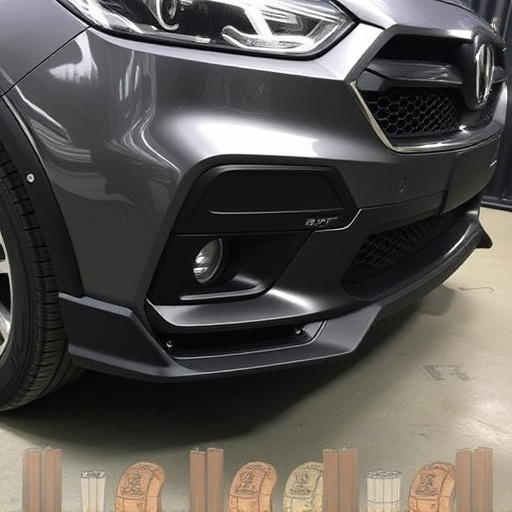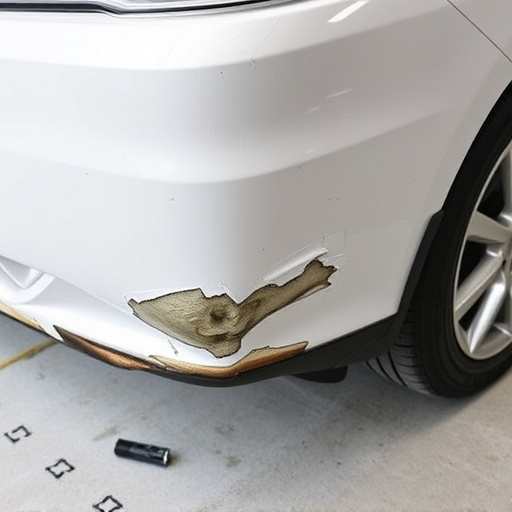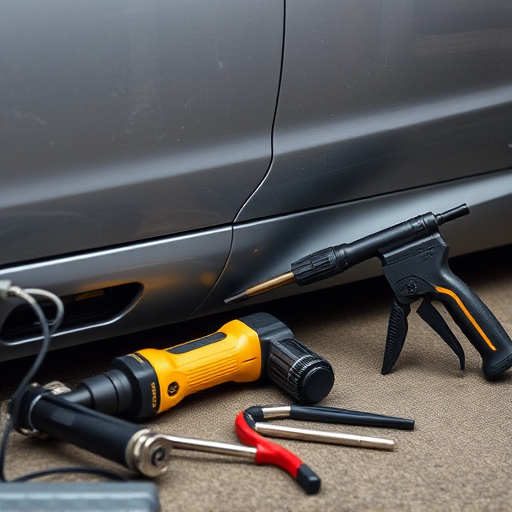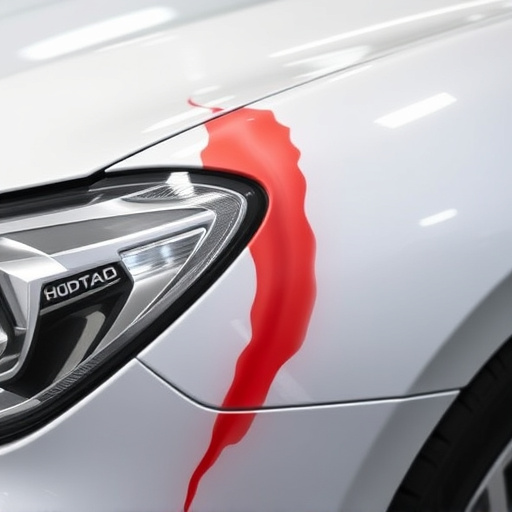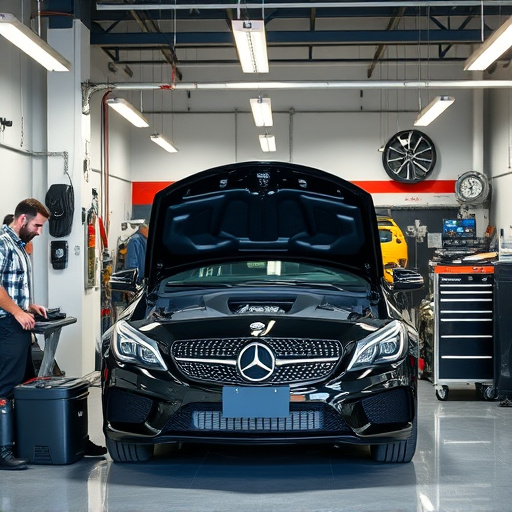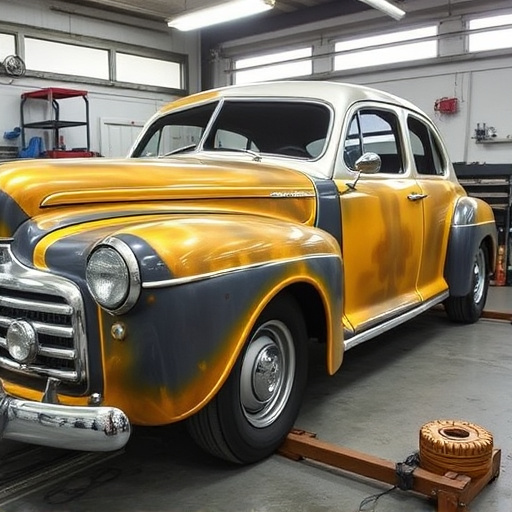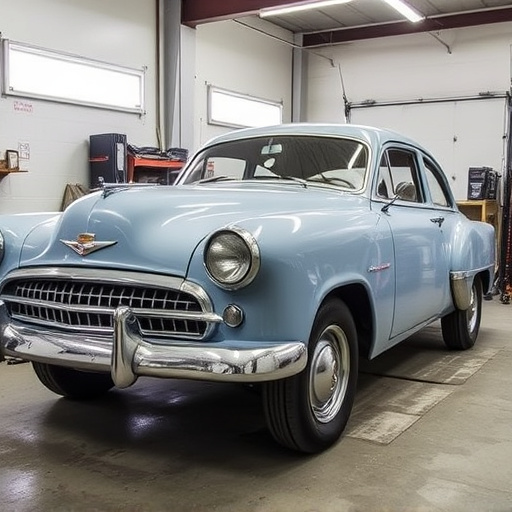Interior trim repair collision technicians require a unique blend of skills including meticulous attention to detail, tool proficiency, effective communication, and problem-solving abilities. They restore vehicle aesthetics by repairing plastic, vinyl, foam, and fabric using advanced techniques and technologies. Comprehensive training at automotive technical schools or collision centers combines theoretical learning with hands-on practice, leading to industry certifications that open doors to career opportunities in top body shops.
In the realm of automotive collision repair, skilled technicians are essential for restoring vehicles to their pre-accident condition. This article explores the critical training requirements for interior trim repair collision technicians. We delve into essential skills, technical knowledge, and effective training methods that equip professionals with the expertise needed to handle intricate interior repairs. Additionally, we examine hands-on practice sessions and the certification process, ensuring technicians are prepared to excel in this specialized field of automotive restoration.
- Essential Skills for Interior Trim Repair
- Technical Knowledge and Training Methods
- Hands-On Practice and Certification Process
Essential Skills for Interior Trim Repair
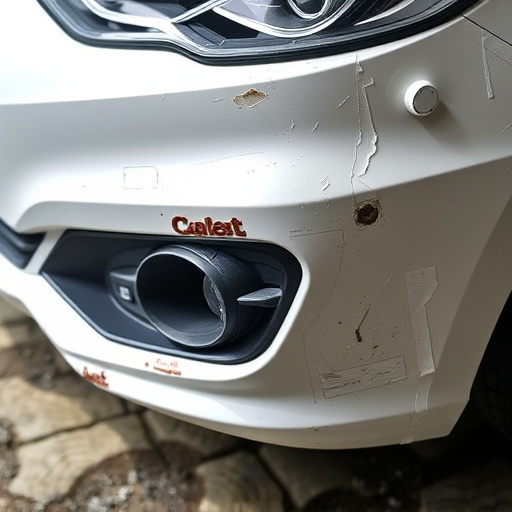
In the realm of interior trim repair for collision-damaged vehicles, technicians require a unique blend of skills to excel. Essential skills for this specialized trade include meticulous attention to detail and an eye for precision, as even the slightest mistake can significantly impact the vehicle’s aesthetics and value. Proficiency in using various tools and equipment is paramount; technicians must be adept at handling both manual tools and modern technological aids for accurate measurements and cuts.
Beyond technical prowess, effective communication and problem-solving abilities are crucial. Interior trim repair often involves working with diverse materials, from plastic and vinyl to foam and fabric. Collision technicians need to assess damage, select appropriate replacement parts, and devise creative solutions to restore the vehicle’s interior to its pre-accident condition—all while providing exceptional customer service in an auto body shop environment. These skills, combined with a passion for car restoration, make for exceptional interior trim repair specialists, ensuring top-notch vehicle repair services.
Technical Knowledge and Training Methods
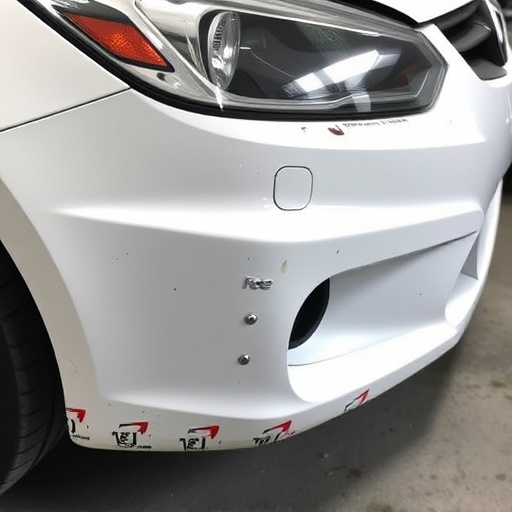
The technical knowledge and training methods for interior trim repair collision technicians are essential components of their skill set. These professionals must possess a deep understanding of automotive design, materials science, and advanced repair techniques to effectively handle intricate interior trim repairs. They should be adept at identifying issues with car interiors, ranging from cracked plastic parts and damaged panels to complex electronic systems.
Training programs often include a mix of theoretical lessons and hands-on workshops. Workshops specifically tailored for interior trim repair allow technicians to practice on real-life car samples or mock-ups, enhancing their dexterity in handling various materials and tools. This blend of education ensures that collision repair shop technicians are not only knowledgeable but also skilled in delivering top-notch hail damage repair and car repair services, thereby restoring vehicles to their pre-incident condition.
Hands-On Practice and Certification Process
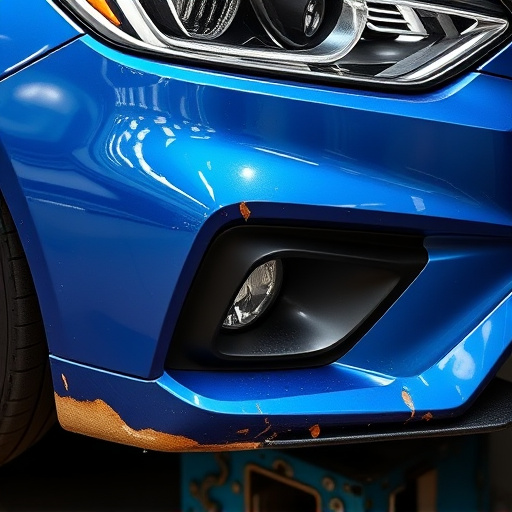
The journey to becoming a proficient interior trim repair technician involves a blend of theoretical knowledge and extensive hands-on practice. Aspiring professionals must enrol in comprehensive training programs offered by reputable automotive technical schools or collision centers. These institutions provide students with the opportunity to work on a variety of vehicle bodywork, exposing them to different interior trim repair techniques. The practical experience gained through disassembling, repairing, and reassembling damaged interior components is invaluable.
Upon completing their training, aspiring technicians can pursue certification through recognised industry bodies. This certification process involves rigorous examinations that assess their understanding of collision repair procedures, safety protocols, and the latest automotive technologies. Achieving certification not only demonstrates expertise but also opens doors to employment opportunities in leading automotive body shops or collision centers, where they can further hone their skills and contribute to the restoration of vehicle aesthetics.
Training is key in ensuring skilled and efficient interior trim repair for collision technicians. By mastering essential skills, acquiring technical knowledge, and participating in hands-on practice, professionals can deliver top-notch repairs. The certification process further solidifies their expertise, making them valuable assets in the collision industry. Embracing these training requirements empowers collision technicians to excel in interior trim repair, ensuring customer satisfaction and high-quality workmanship.
